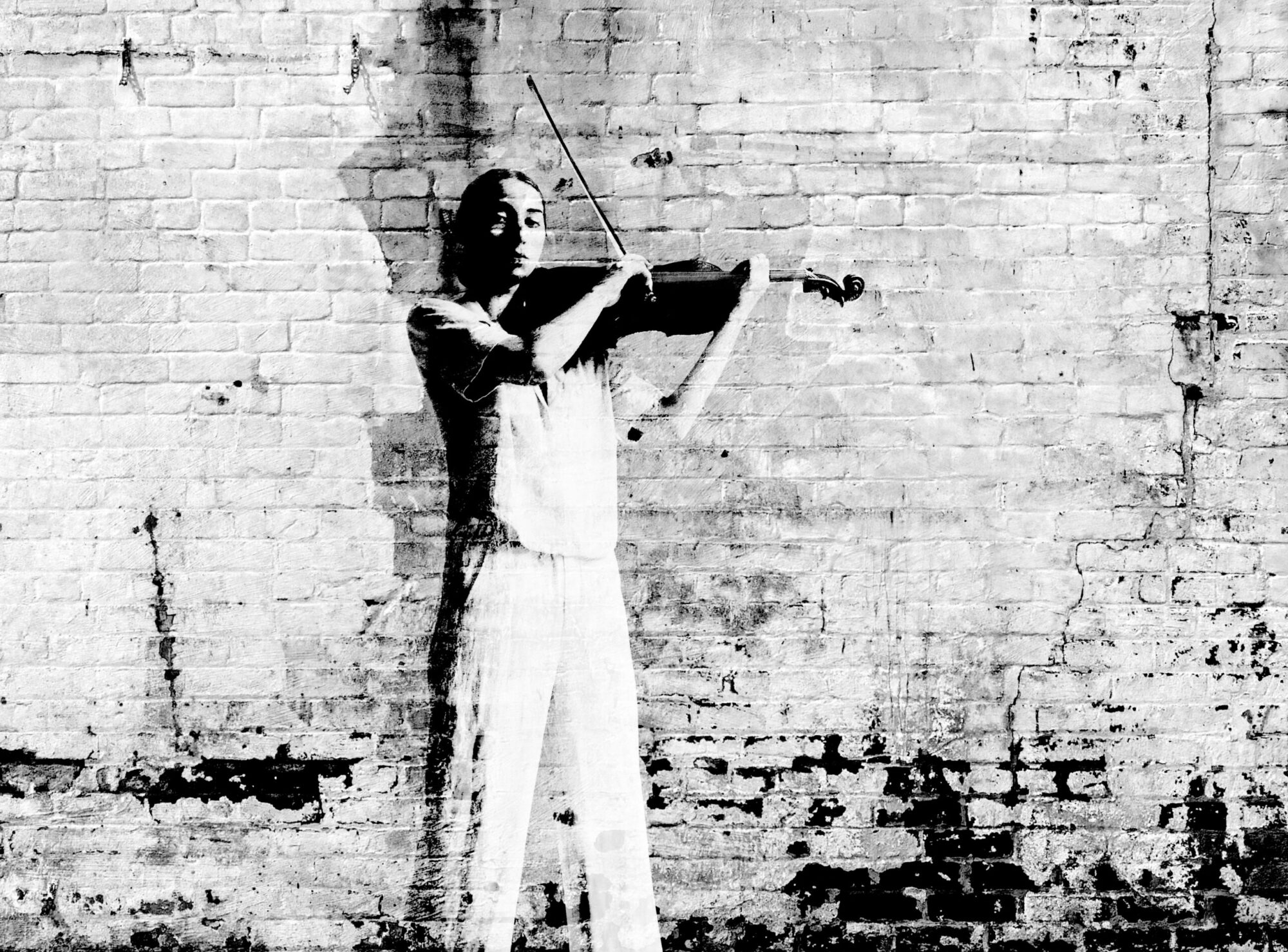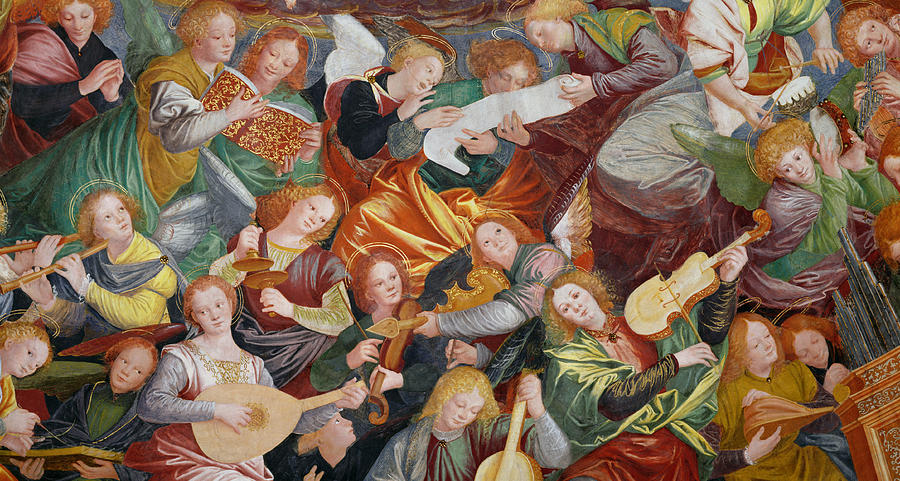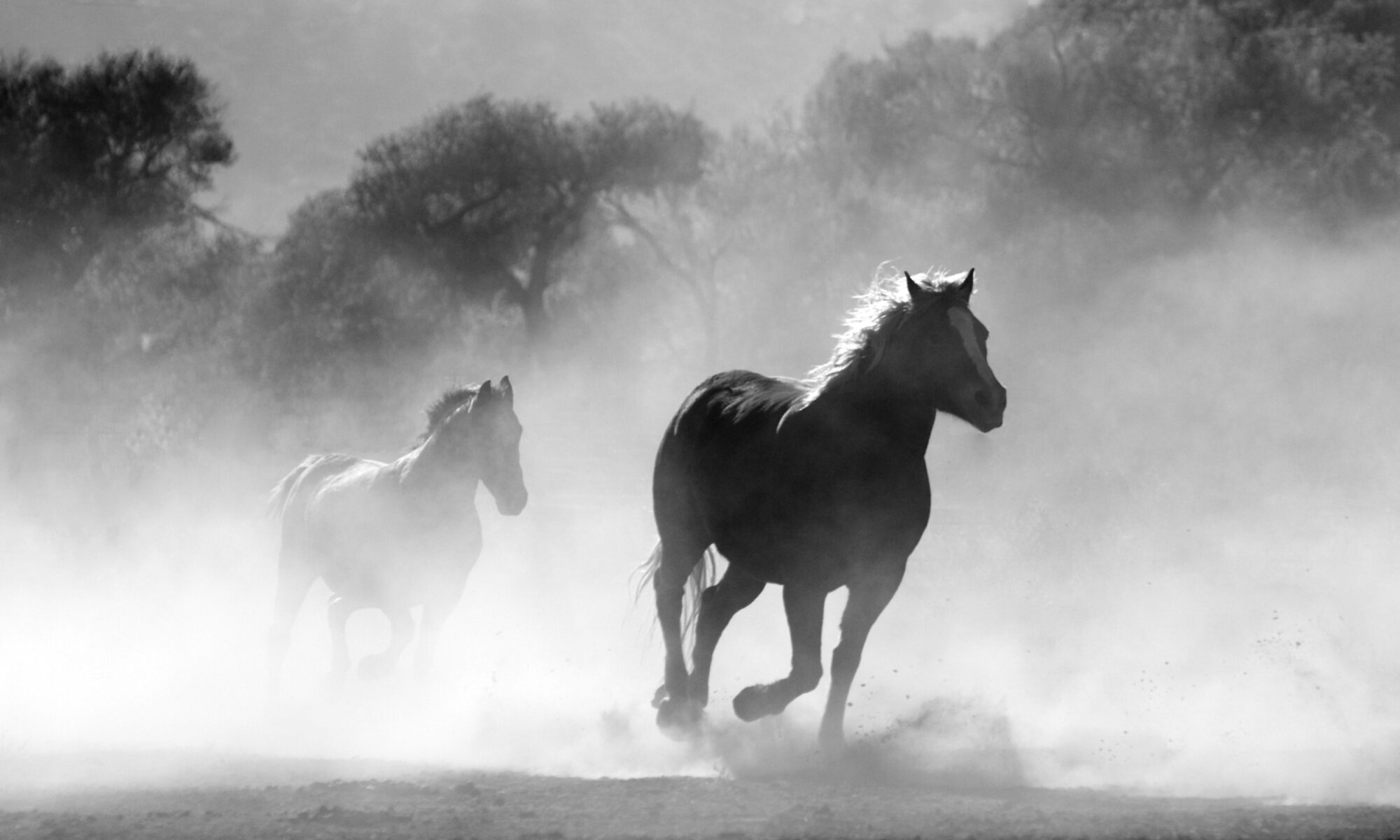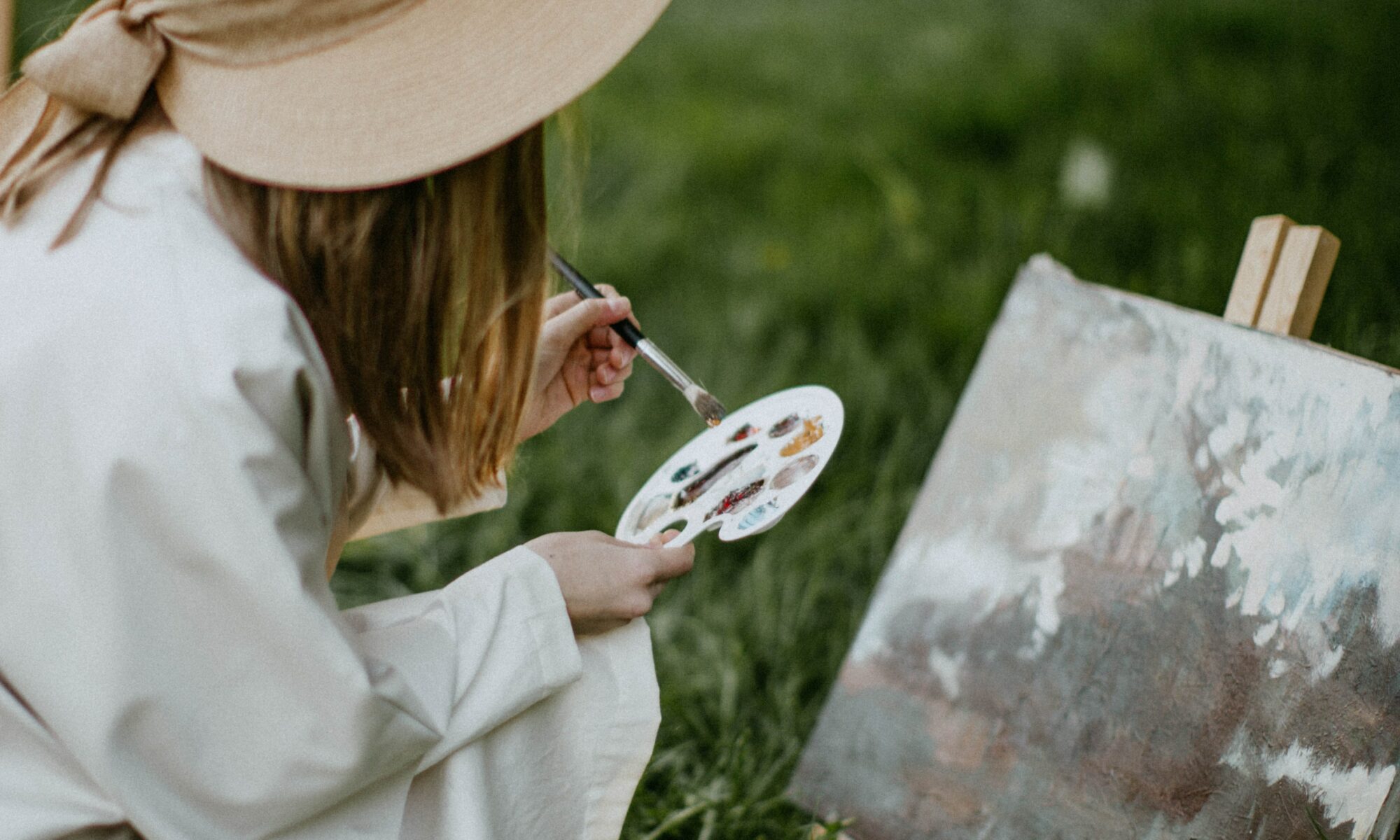How strange it is that one of the features of string players is that we all walk around with a lock of horse hair hanging from a wooden stick and it isn’t fishing gear, neither an amulet to scare off bad spirits. It is an object, which we venerate and adore because we depend on it for our craft. Suddenly, time doesn’t seem to have passed and looking back at cave men feels like staring straight back in the mirror.
This is a strange thought that occurred to me in the rehearsal the other day. I must say that one of the best things of rehearsing with the Jubilees are the wonderful conversations that arise when you least expect them. How this strange thought came to my mind wasn’t so odd – Somehow the topic of bow rehairs came up and we started discussing about what makes a good or a bad batch of hair and how this can influence our playing.
We often think so much about the wood, how old it is, where it comes from, who gave it the shape… and we care for it and speak of it as if it were a human being. But somehow the thought that the hair we all tense up and rosin before we can even tune, actually comes from a living being, an animal with a life, a name… is so distant and somehow inspires such respect. Then, you would think you could actually walk up to the winning horse in a race and request to be given a strand from the tail to use on your bow for good luck!
Aside from the symbolism of the lock of hair, the whole dressing of the bow is a very old ritual. It’s interesting that nowadays we consider our instruments a feature of Western Culture, going back to paintings from medieval times. Having said this, however, starting from the cave men who used to string their hunting bows to the warriors in Central Asia around 10th Century CE where the use of horse hair on bows became evident, this tradition was a world-wide trend! And you might be thinking that perhaps the hunting bow is not the same thing, but call it boredom or too much time to kill, there is evidence to show that cave men were the first to use their bows to make music.
Going back to the horse race, bow makers will be able to tell you it’s not so much the breed that matters but the place horses come from (and anyone can correct me here). Looking back at the previous paragraph might give you a clue to where horse hair is still imported from to this day. So, if you’re wondering if the hair on your bow is from the farm next door, then you would have to be living in a cold country such as Mongolia, Siberia or Canada where the hair is more coarse. The colour of the hair is also important to some extent. You will probably have seen that most bows use white hair. That isn’t because the hair is bleached, which must be avoided at all costs, but because of its texture and resistance. Lower strings, however, such as double-bassists often use black hair instead as it is more coarse.
We all know how tricky hair can be. Sometimes one wakes up and it’s untamable and other times it seems to be holding too well together and so horse hair is nothing out of the ordinary. Although at first sight the hair on your bow might always look the same, it is very absorbent of humidity too so depending on your environment some days it will speak easier than others.
Finally, keeping the hair looking beautiful on the bow is so complex that it requires as many as 47 steps to be put together. I know there’s brave people out there who cut their own hair, but when we talk of bows normally we string players leave it up to professionals to do the honors of dressing them. In any case, if you are into keeping old traditions, now you know this makes a good bow the most romantic and expensive gift you could offer anyone!
From today, you might never look at your bow the same way ever again, but then you wonder “had I really looked at it before”?
References
Newgren, A., 2021. Violin Bow Hair: Having a Good Hair Day. [online] Blog.feinviolins.com. Available at: <http://blog.feinviolins.com/2011/06/violin-bow-hair-having-good-hair-day.html> [Accessed 29 April 2021].
Spiller, M., 2021. The History of the Bow. [online] Melanie Spiller and Coloratura Consulting. Available at: <https://coloraturaconsulting.com/2017/12/14/the-history-of-the-bow/> [Accessed 29 April 2021].
Team, S., 2021. How to Replace Your Instrument’s Bow Hair. [online] Connollymusic.com. Available at: <https://www.connollymusic.com/stringovation/how-to-replace-your-instruments-bow-hair> [Accessed 29 April 2021].






